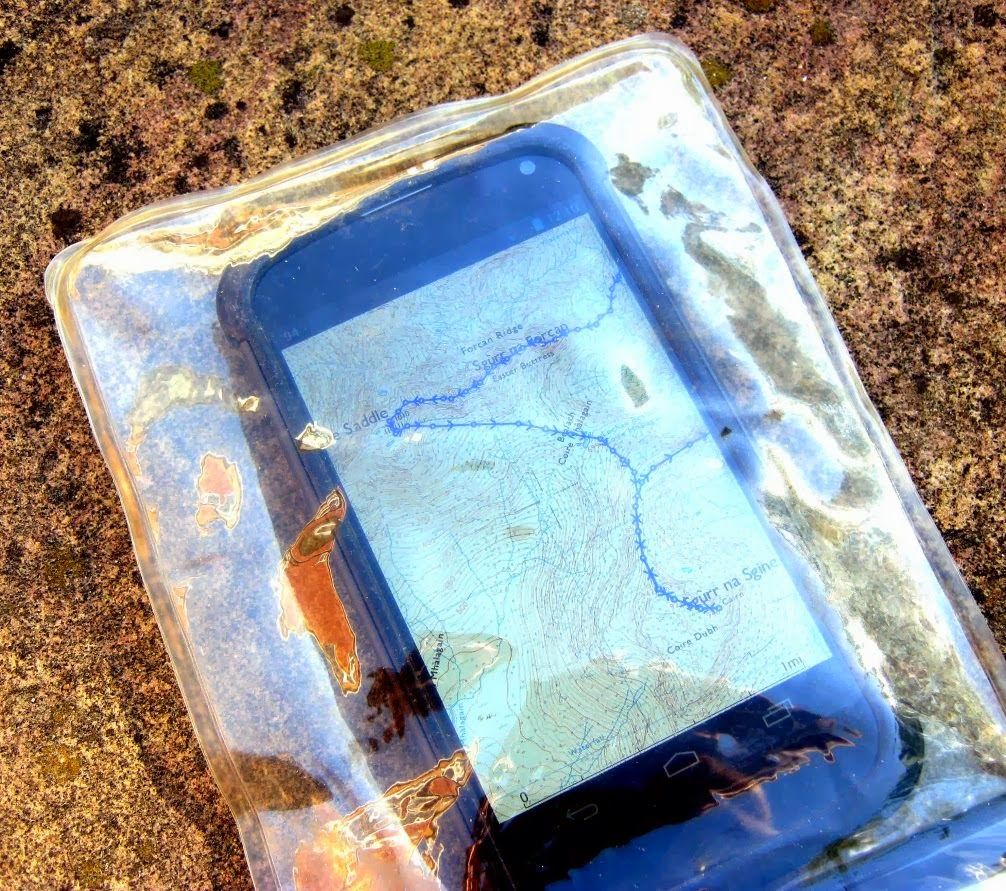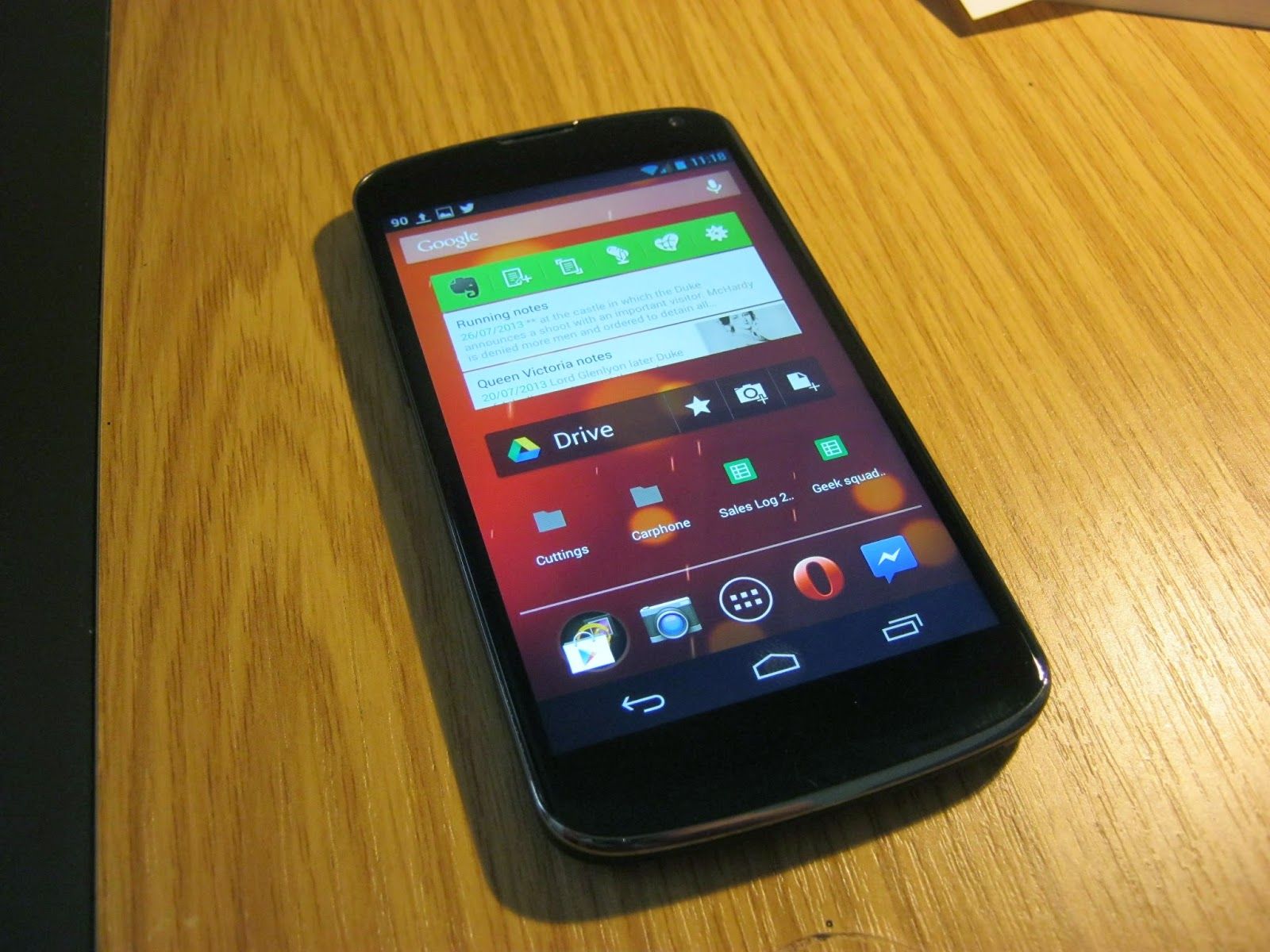Ditching the Infinity Machine — going smartphone-free in the hills

It seems that outdoor folk have been discussing the use of smartphones in the hills forever, but it’s easy to forget that they have in fact only been around for a few years. In this post I ponder my own use of smartphones in the British mountains and how I’m going to change it.
Mobile phones have been around for as long as I’ve been going into the mountains. I’m in my late twenties. I got my first mobile phone about fifteen years ago and didn’t start venturing into the mountains alone until 2004, so mobile devices in various forms have simply been a fact of life in the hills for as long as I can remember.
However, there is an absolutely fundamental difference between an ordinary mobile phone and a smartphone in the modern sense of the world.
Before the iPhone
Before the iPhone changed the world in 2007, most people used extremely basic mobile phones. They were capable of calling and texting, storing phone numbers, maybe setting alarms and keeping a calendar. Most people didn’t even have camera phones in those days. As I recall, it was actually quite rare to see people using mobile phones in the British hills at all in the first few years of the 21st century, and the popular advice of the time was to keep your mobile switched off in your rucksack in case of emergency.
This was exactly what I did for the first five or six years of my hillwalking career. The mobile phone was, essentially, a single-purpose device — and in the mountains that purpose was to provide a point of contact if something went wrong.
In combination with my mobile phone I carried a PDA (remember those?) in my day to day life. This was for arranging my calendar, contacts and to do lists, but I rarely took it into the mountains unless I wanted to use it as an eBook reader. Between 2008 and 2011 I had an iPod Touch (essentially a glorified Web-capable PDA) which I used as a Kindle on longer backpacking trips, and I can honestly say it revolutionised the way I lived: no longer did I have to consider pack space and weight when considering which books I wanted to take with me. I replaced it with a real Kindle in 2012.
The digital Swiss army knife
I got my first smartphone on contract in 2010.
For a few months, I didn’t do things any differently. My mobile remained switched off in a drybag. I can’t remember exactly when things started to change, but I do know that by November 2010 I had started to use the camera on my phone much more. I’d figured out that a smartphone was lighter and easier to carry than my compact digital camera, and it also provided the opportunity to share photos on Facebook as soon as I got 3G signal.
And the rot set in.
At first I used only the camera function, but soon I began exploring the other possibilities of my device. I discovered Viewranger in 2011: a miraculous app that allowed me to carry detailed, accurate OS maps for any part of the UK on my phone. It had integrated GPS and suddenly navigation was far, far easier than it had ever been. I still carried map and compass, of course, but I didn’t use them much. Eventually Viewranger became my primary navigation tool.
It wasn’t long before I was taking advantage of online weather forecasts, remote access to the UKC climbing logbooks, and even checking blogs when out and about for up to date information on winter conditions. Social media turned mobile and all of a sudden I could post updates from a summit, which was a real novelty. My smartphone also revolutionised travel, allowing me to plan rail and bus journeys, purchase tickets, and track travel disruption from the convenience of a pocket device. I stopped wearing a watch, too.
My smartphone was a digital Swiss army knife. It could do most things reasonably well, and it added a huge amount of convenience to my trips. I convinced myself it was indispensable. It had replaced my watch, my mobile phone, and (to an extent) my map and compass. But there are two glaring problems with using a smartphone in the British hills: signal strength and battery life.
Over-reliance, or simply laziness?
Fast forward to 2013. Last September my smartphone of choice was a Google Nexus 4, and I was halfway through a hillwalking holiday in Glen Shiel. As usual, my smartphone was always on me. It did all my navigating for me. I was posting photos on social media multiple times a day and browsing the Web whenever I could find 3G signal. I tweeted from mountain tops and kept up to date on current affairs from remote glens.
Everything was fine until two problems hit at once: I lost mobile signal in the campsite for a few hours, and my backup battery pack ran out of juice.
The Nexus 4 had terrible battery life. Web browsing on a weak 3G signal could kill the battery in less than two hours, and on my rest day I had found myself mindlessly browsing the Web instead of reading my Kindle. I went to plug the phone into my power brick and found it empty. Surely not, I thought — it usually has enough juice to charge my phone about six times over! But I had somehow been able to drain the 12,000mAh brick in less than four days. I must have been using the phone much more than I had realised.
 |
| The Google Nexus 4 |
At the time it was deeply frustrating, and I remember coming back from the trip with a vague sense of dissatisfaction — even though I had to all intents and purposes had a brilliant time and climbed several new Munros. I found it deeply worrying that I could remember hunting for phone signal virtually every day almost as much as I could remember moments of beauty and silence far from the nearest road.
I thought about it a lot over the following months. Smartphones are so convenient and easy to use that I had gradually slipped into the habit of using mine for everything in the hills, and it had taken over to the extent that the wild no longer felt wild anymore. Losing signal and battery life only served to highlight that point for me.
In July this year, when I went to the Alps, I also took my phone with me (this time an iPhone with dramatically better battery life). Signal strength was never a problem and I moderated my usage a little more, so there were no issues with battery life this time — but I still found myself posting to Twitter and Instagram when I had the chance. And I didn’t really know whether or not that was a good thing for me. I enjoyed the feeling of being in touch and able to chronicle my voyage in real time, but somewhere at the back of my mind was the nagging feeling that things had changed, and that being constantly connected was affecting my relationship with the outdoors.
Change
Since my change of career I have found myself in an environment where the rapid pace of technological development is no longer a factor in my life. I am no longer surrounded by people whose job is to sell the latest and greatest to everyone who walks through the door, and I no longer keep up to date with all the latest tech blogs (which I used to do, because it was part of my job). I find myself re-assessing the role of technology in my life, and in many respects I find myself reverting to the habits and conventions I had before 2011.
I have slowly come to realise that, convenient as a smartphone is for mountain use, it’s not at all as necessary as I once thought it was — and it may actually be damaging my enjoyment of the hills.
Where I had once planned ahead, I now simply open an app and it plans journeys for me. Where once I had kept a detailed journal, now I Tweet and Instagram in the hope of instant validation from my followers — and these posts will soon be lost in the aether and never read by anyone again. Where once I had relished the challenge of navigating by map and compass, now I simply look at my screen and it tells me where to go. Where once I had been self-reliant enough to study the sky and the snowpack for signs of what conditions would be like, now I would simply load MWIS and SAIS on my phone. It has all become a little too easy for comfort.
And when the signal or the battery goes dead, I find myself suddenly plunged back into a disconnected, uncertain world that I have gradually drifted away from over the years.
This decision has been a long time coming, but I have come to the conclusion that I need to stop taking my smartphone into the mountains. I miss the feeling of stepping off the grid that I once enjoyed. For all a smartphone’s talents it isn’t as good as a map for navigation, it isn’t as good as a real camera for photography, and the humming connectedness of the Web is no substitute for being alone in nature, accompanied by my thoughts. Ideas come to me when I’m on my own so this is a big deal for me. If I never have time and space to think for days on end, where are the ideas for future stories going to come from?
What I’m going to do
My strategy is obvious: I’m going to buy a basic phone, stick a pay as you go SIM card into it, and use that instead. It will remain switched off in my rucksack unless I need to use it. Simple.
I’m also going to start wearing a watch again.
My Kindle will continue to come with me for reading material (you’ll pry that from my cold, dead fingers!) but I will stop relying on a machine to do my thinking for me. Smartphones aren’t that reliable in winter conditions anyway.
Now, before anyone jumps to the conclusion that I’m telling everyone they should go back to a basic mobile, I must stress that this is only my experience. I also completely get that some people need constant connection at all times for their jobs, but I am fortunate enough not to need that now. If I’m going away for a week, I’ll tell my clients before I go. I’m my own boss so I have that luxury.
I’d be interested in hearing the views of my readers. Do you take a smartphone into the hills, and how has your approach changed over time? Do you use it just for calls, texts and maybe getting weather forecasts, or do you use it as a navigation and social media tool as well?
Further reading
Thought processing: analogue vs. digital
How to turn an Android phone into a dedicated GPS device
Alex Roddie Newsletter
Join the newsletter to receive the latest updates in your inbox.



